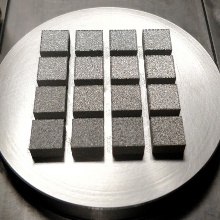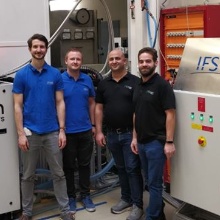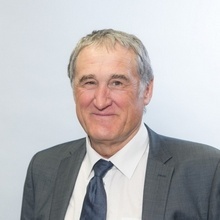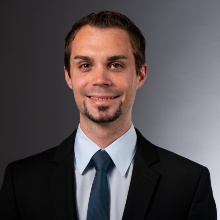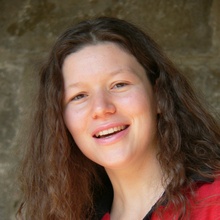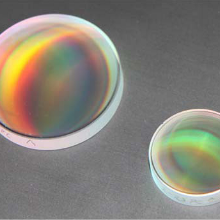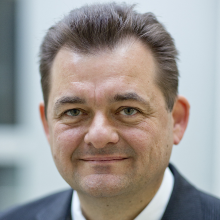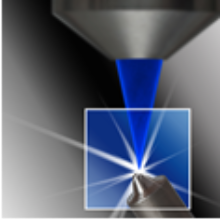The subject of the study was the phenomenon that when ablating metals with two consecutive pulses (burst pulses), the volume removed is significantly reduced when the temporal distance of these pulses is in the range of a few nanoseconds or shorter.
The measurements carried out confirm the hypothesis that material that has been removed by a first pulse is re-deposited by the interactions with the second laser pulse after a period of 12 ns. This notion was already discussed in literature and described numerically [1].
Recent studies carried out at the IFSW now give experimental evidence of this effect. Additionally it was observed that after a third pulse, significantly more mass is contained in the resulting cloud of ablated material as compared to the amount ablated by the first pulse [2].
Contact: Daniel Förster, Rudolf Weber
[1] M. E. Povarnitsyn et al., “Suppression of ablation in femtosecond double-pulse experiments”, Phys. Rev. Lett. 103 (2009) 195002.
[2] D. J. Förster et al., “Shielding effects and re-deposition of material during processing of metals with bursts of ultra-short laser pulses”, Appl. Surface. Sci., 440, 926-931 (2018).



















